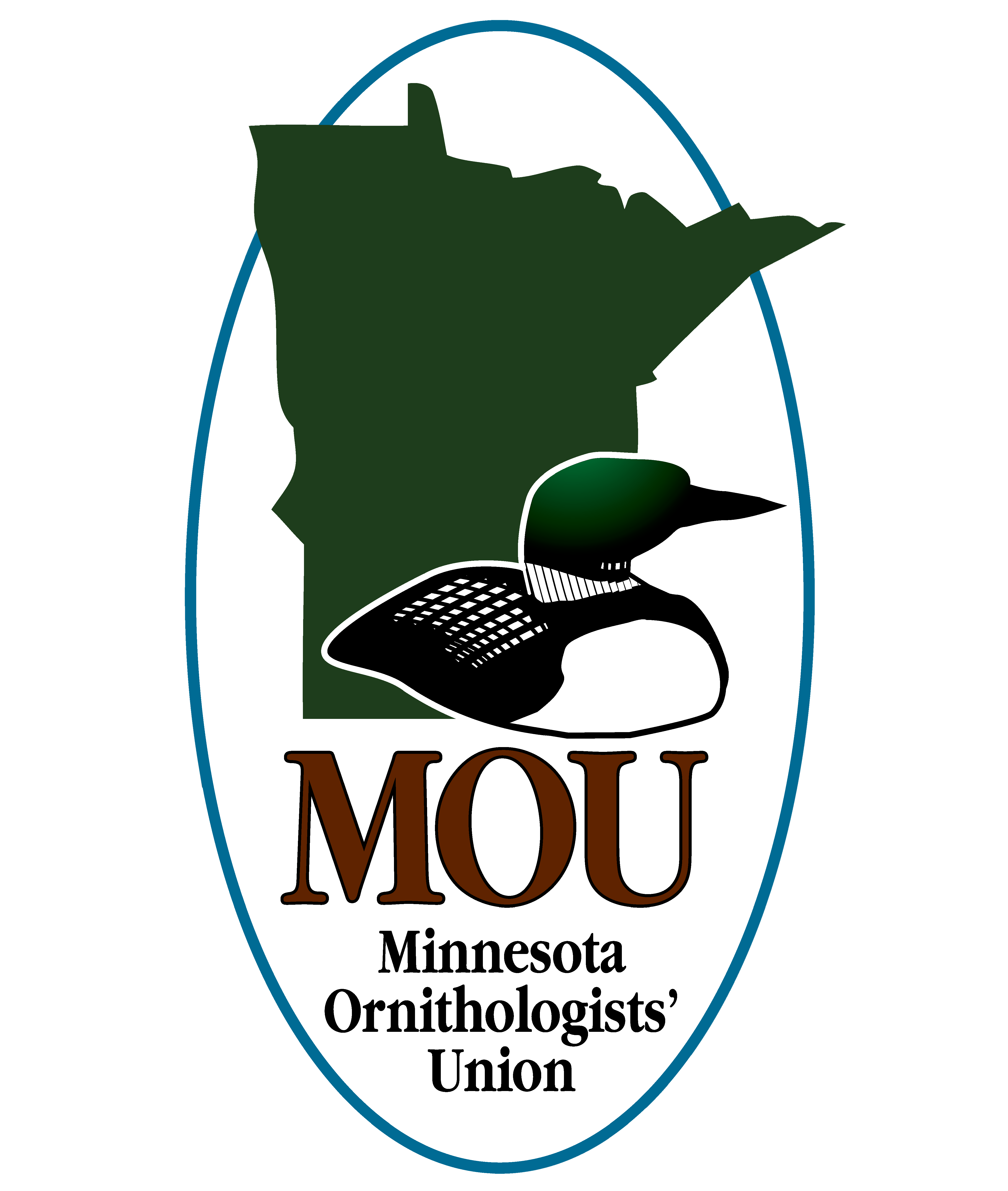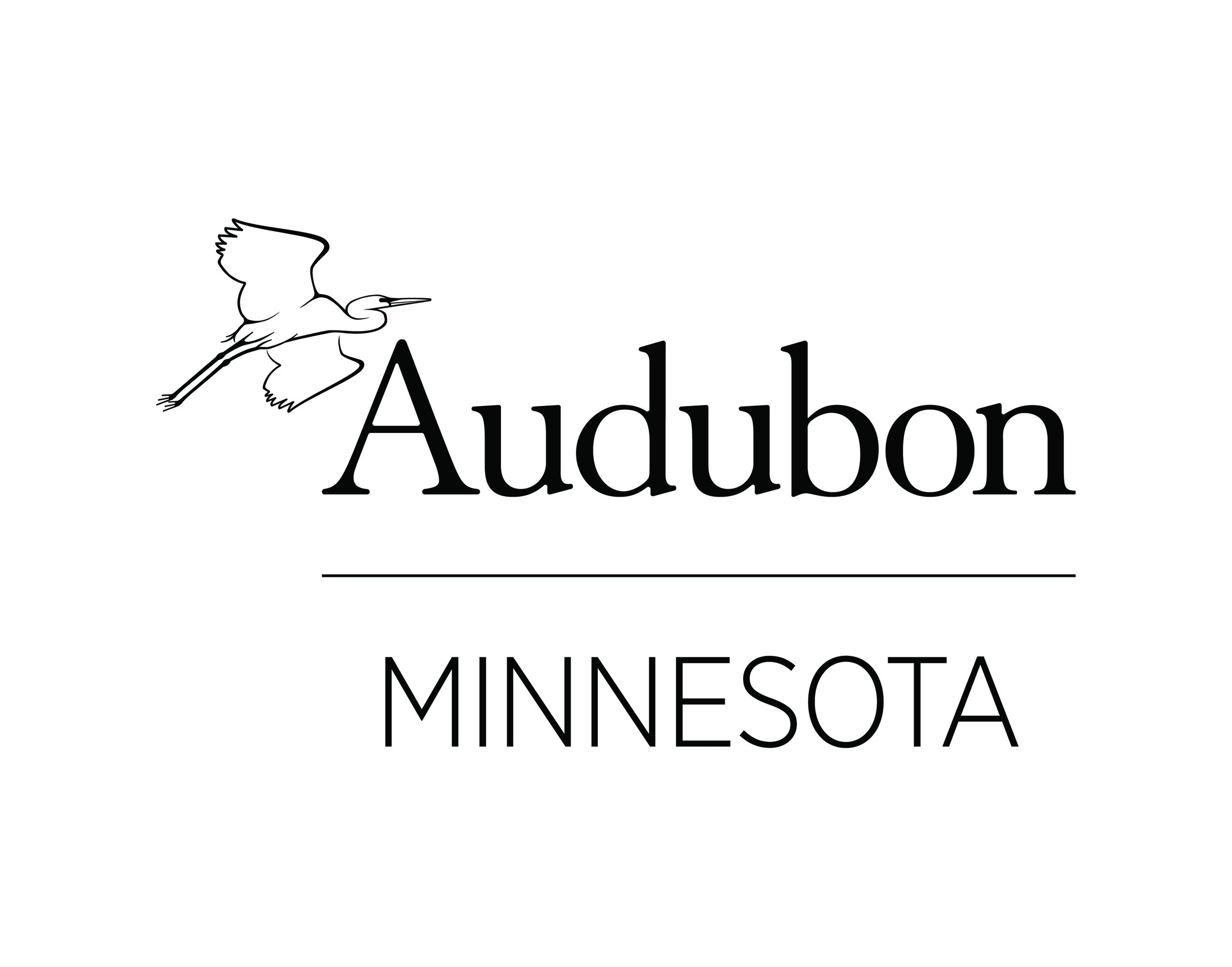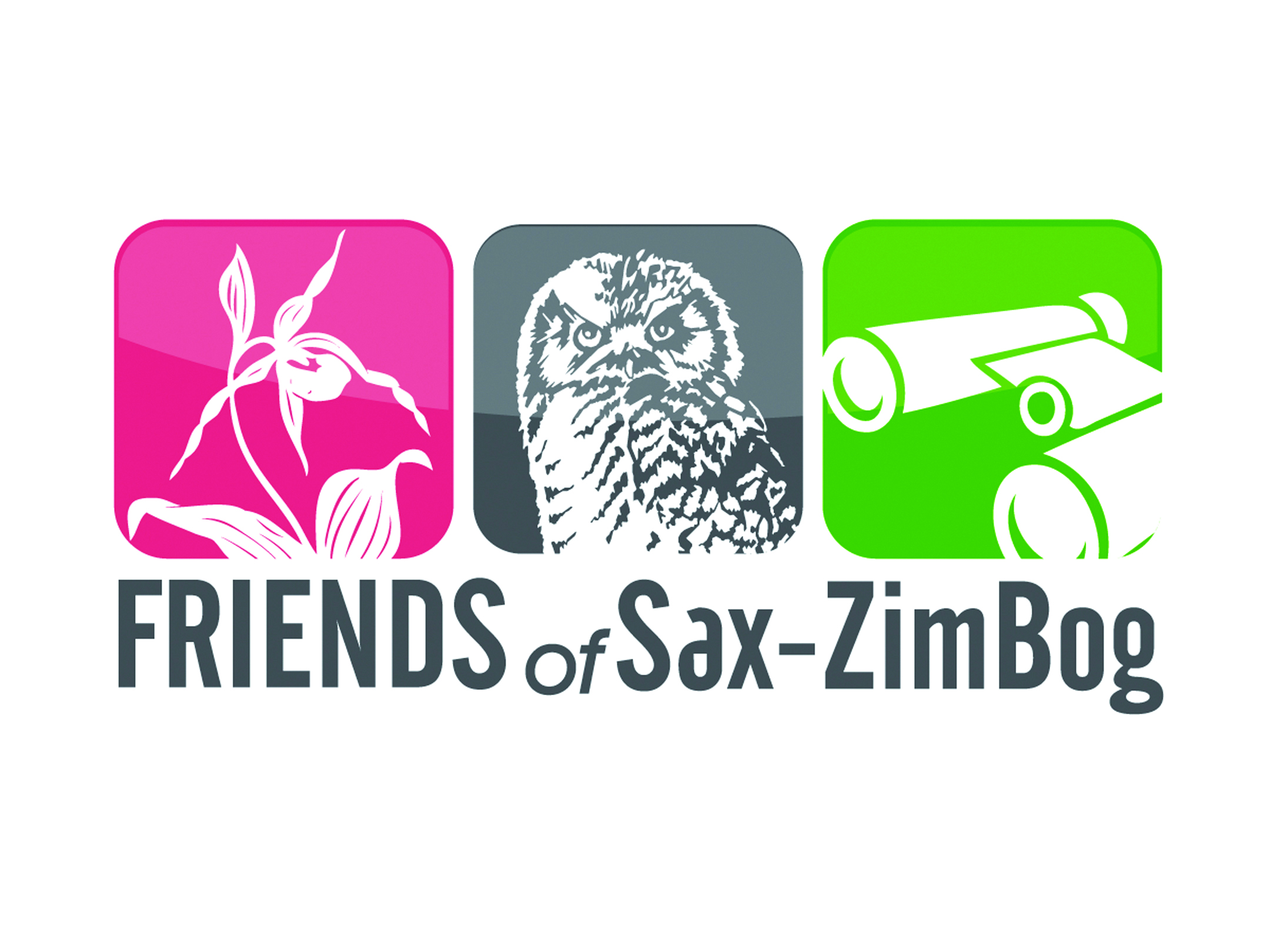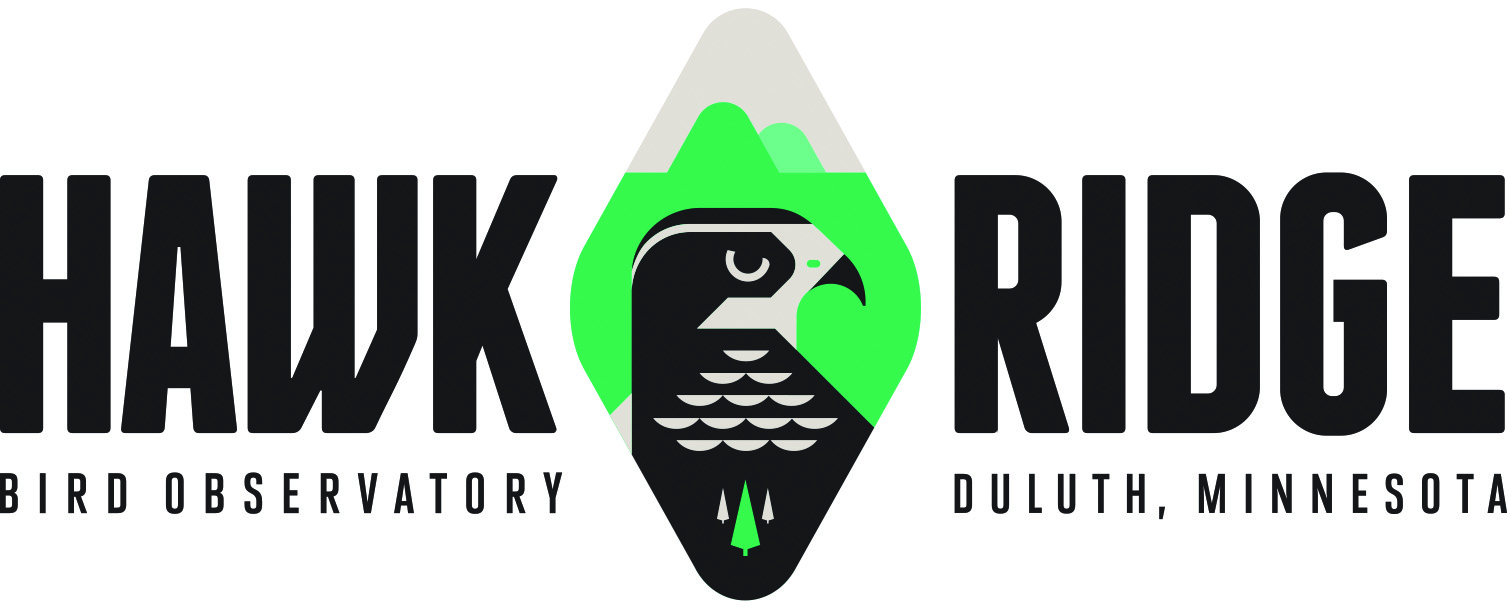Change Region
Clay
About Minnesota eBird
- Find more birds
- Keep track of your bird lists, photos, and sounds
- Explore latest sightings
- Join the world’s largest birding community
- Contribute to science and conservation
Minnesota eBird
Welcome to Minnesota eBird, a regional portal managed by the Minnesota Ornithologists’ Union (MOU). Minnesota eBird was created in 2021 to provide Minnesota birders with an eBird dashboard that features local content, as well as to showcase information specific to Minnesota birds and birding for those interested in visiting the North Star State.
Portal content is overseen by the Social Media Committee of the MOU, which also manages the organization’s Facebook and Instagram accounts.
Minnesota eBird is made possible by a community of volunteers that includes Social Media Committee members, eBird reviewers and hotspot editors working in partnership with the Cornell Lab of Ornithology.
eBird Overview
eBird began with a simple idea—that every birdwatcher has unique knowledge and experience. Our goal is to gather this information in the form of checklists of birds, archive it, and freely share it to power new data-driven approaches to science, conservation and education. At the same time, we develop tools that make birding more rewarding. From being able to manage lists, photos and audio recordings, to seeing real-time maps of species distribution, to alerts that let you know when species have been seen, we strive to provide the most current and useful information to the birding community.
eBird is among the world’s largest biodiversity-related science projects, with more than 100 million bird sightings contributed annually by eBirders around the world and an average participation growth rate of approximately 20% year over year. A collaborative enterprise with hundreds of partner organizations, thousands of regional experts, and hundreds of thousands of users, eBird is managed by the Cornell Lab of Ornithology.
How Does it Work?
eBird data document bird distribution, abundance, habitat use, and trends through checklist data collected within a simple, scientific framework. Birders enter when, where, and how they went birding, and then fill out a checklist of all the birds seen and heard during the outing. eBird’s free mobile app allows offline data collection anywhere in the world, and the website provides many ways to explore and summarize your data and other observations from the global eBird community. Learn how to get started.
eBird is available worldwide, comprising a network of local, national, and international partners. eBird directly collaborates with hundreds of partner groups for regional data entry portals, outreach, engagement, and local impact. Explore regional collaborators.
Data Quality and Accessibility
Data quality is of critical importance. When entering sightings, observers are presented with a list of likely birds for that date and region. These checklist filters are developed by some of the most knowledgeable bird distribution experts in the world. When unusual birds are seen, or high counts are reported, the regional experts review these records. Learn more about eBird data quality.
eBird data are stored across secure facilities, archived daily, and are freely accessible to anyone. eBird data have been used in hundreds of conservation decisions and peer-reviewed papers, thousands of student projects, and help inform bird research worldwide. Learn more about eBird data use.








